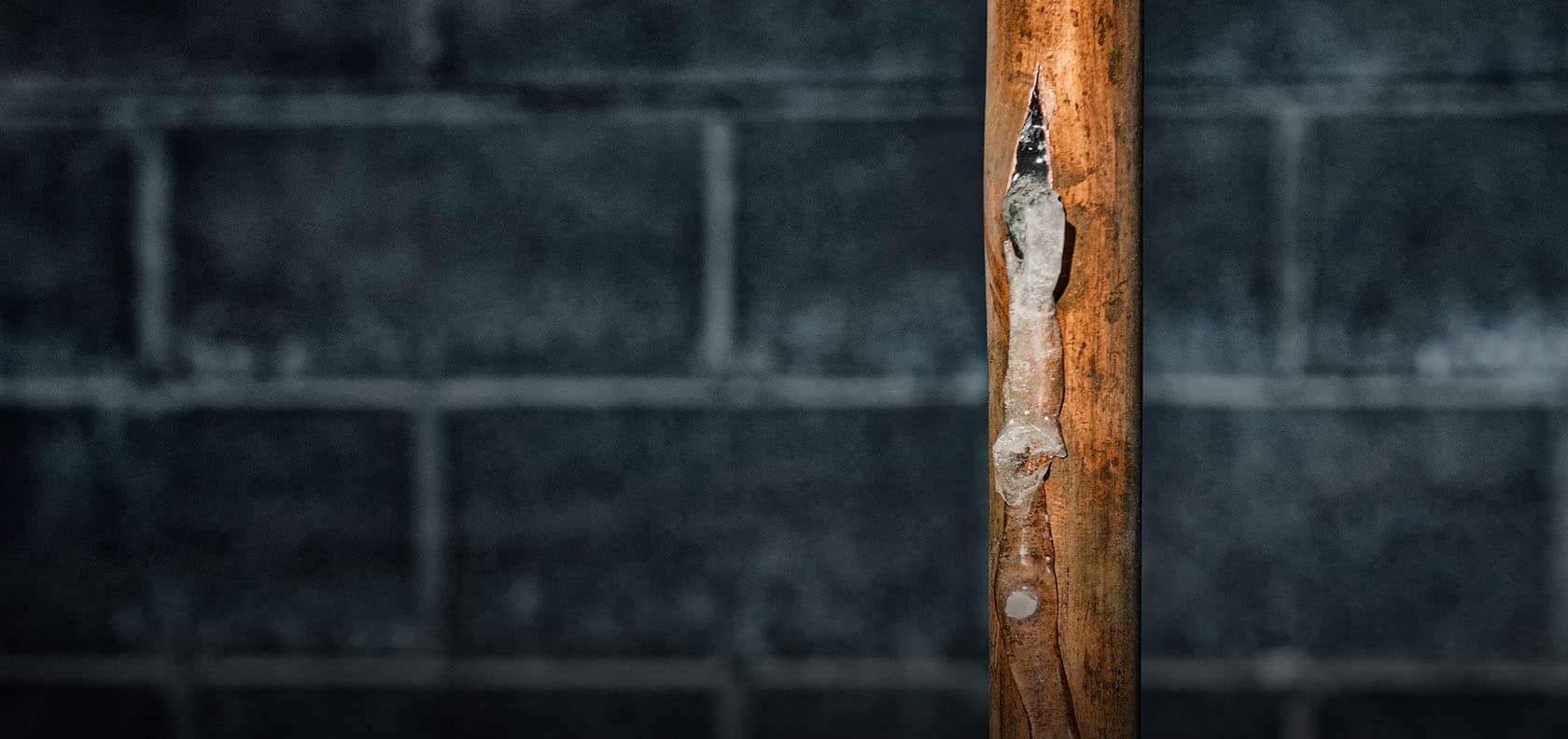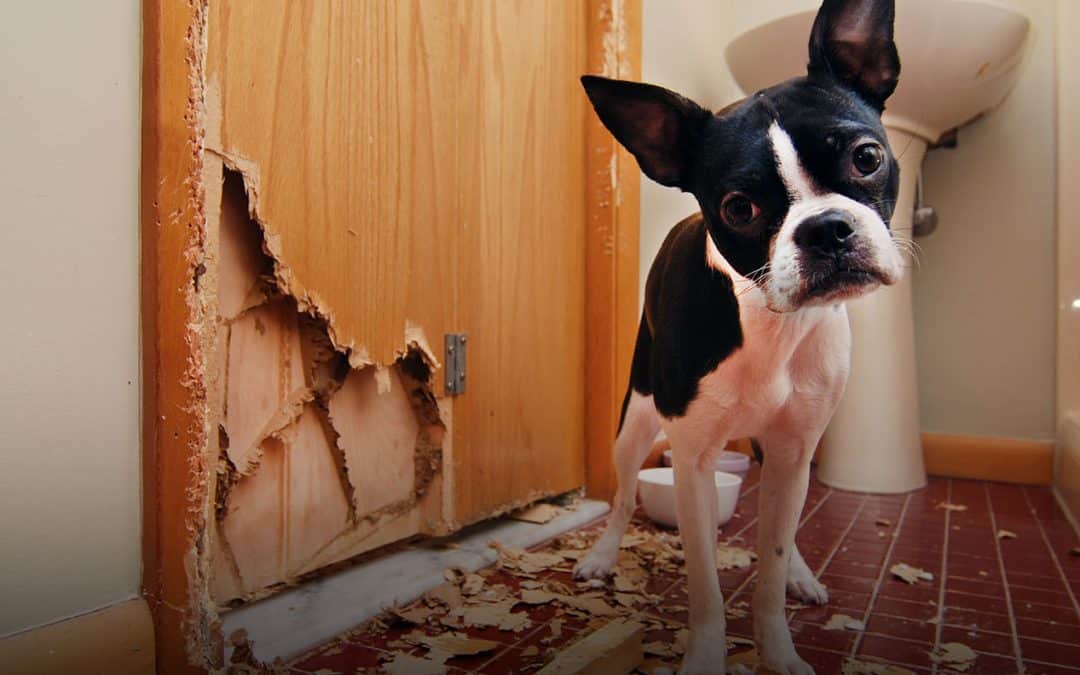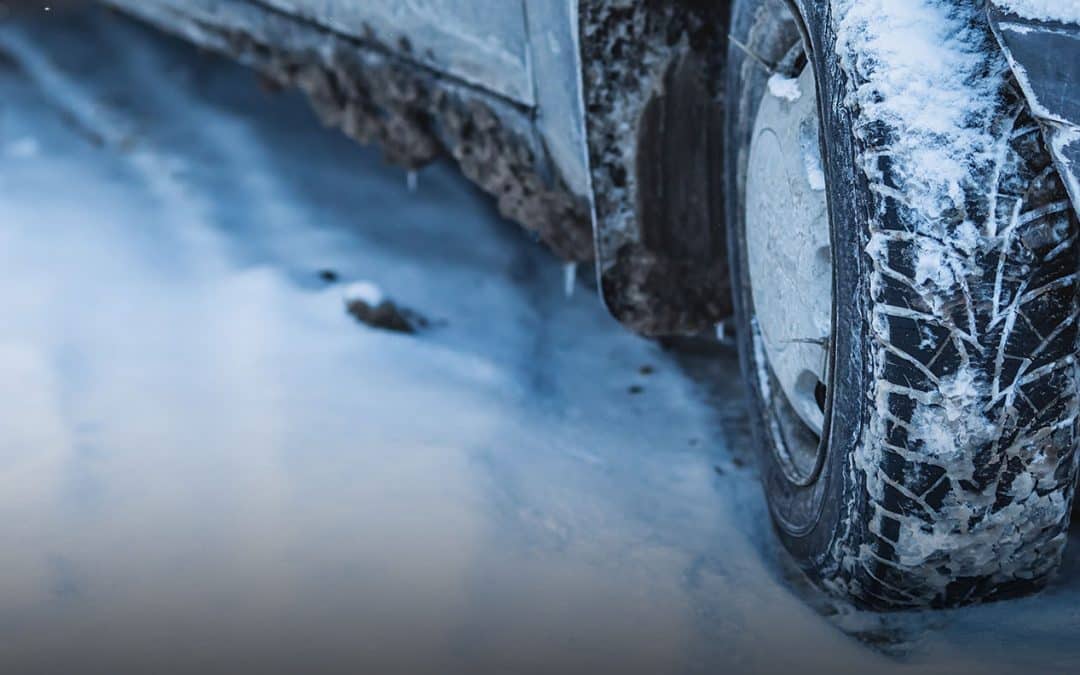One of the most common causes of property damage in the winter are burst pipes which can lead to pricey repairs.
As cold temperatures arrive, it’s a good time to take steps to protect your home.
- Keep your house heated to a minimum of 65 degrees
- Insulate all accessible pipes using pipe insulation (this can be found at your local hardware store)
- Before it gets too cold, seal all cracks, holes, and other openings on the exterior walls with caulk or insulation
- If the temperature drops lower than usual and you have pipes in cabinets or closets, leave the cabinet/closet doors open or use a fan to increase warm air circulation around the pipes
- When extreme cold weather is predicted, let all faucets drip to prevent freezing of the water inside the pipe, and if freezing does occur, to relieve pressure buildup in the pipes between the ice blockage and the faucet. The pressure buildup is the actual cause of bursting pipes
- Shut off the water supply during periods when the home may be unoccupied, particularly when cold weather is expected
If you do end up with a frozen pipe, identify where the main shutoff valve is and cut off the flow of water. Next, you should thaw out the pipes by applying heat to the section of frozen pipe by using a hair dryer or an electric heating pad. As you heat the pipe and the ice inside melts, the faucet should be turned on so that water begins to flow through. In order to avoid potential mold problems, make sure you properly mop up and dry any spills.
Don’t go it alone if you are having difficulties. Call a licensed plumber!
If your home does suffer damage from a frozen pipe, you can make a claim online with MAPFRE or by reaching out to your independent agent.
Source: Insurance Information Institute
Download our infographic of quick preventative tips.



